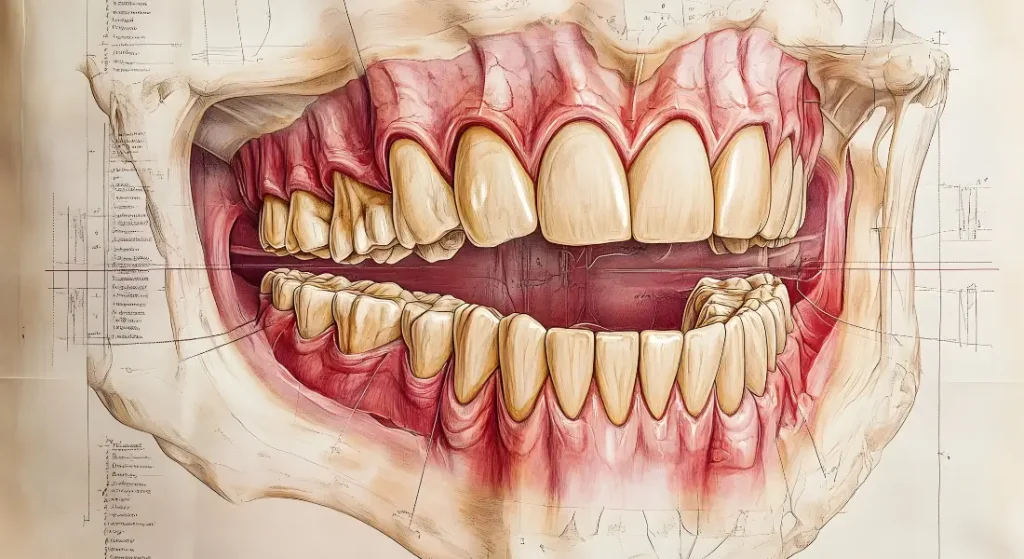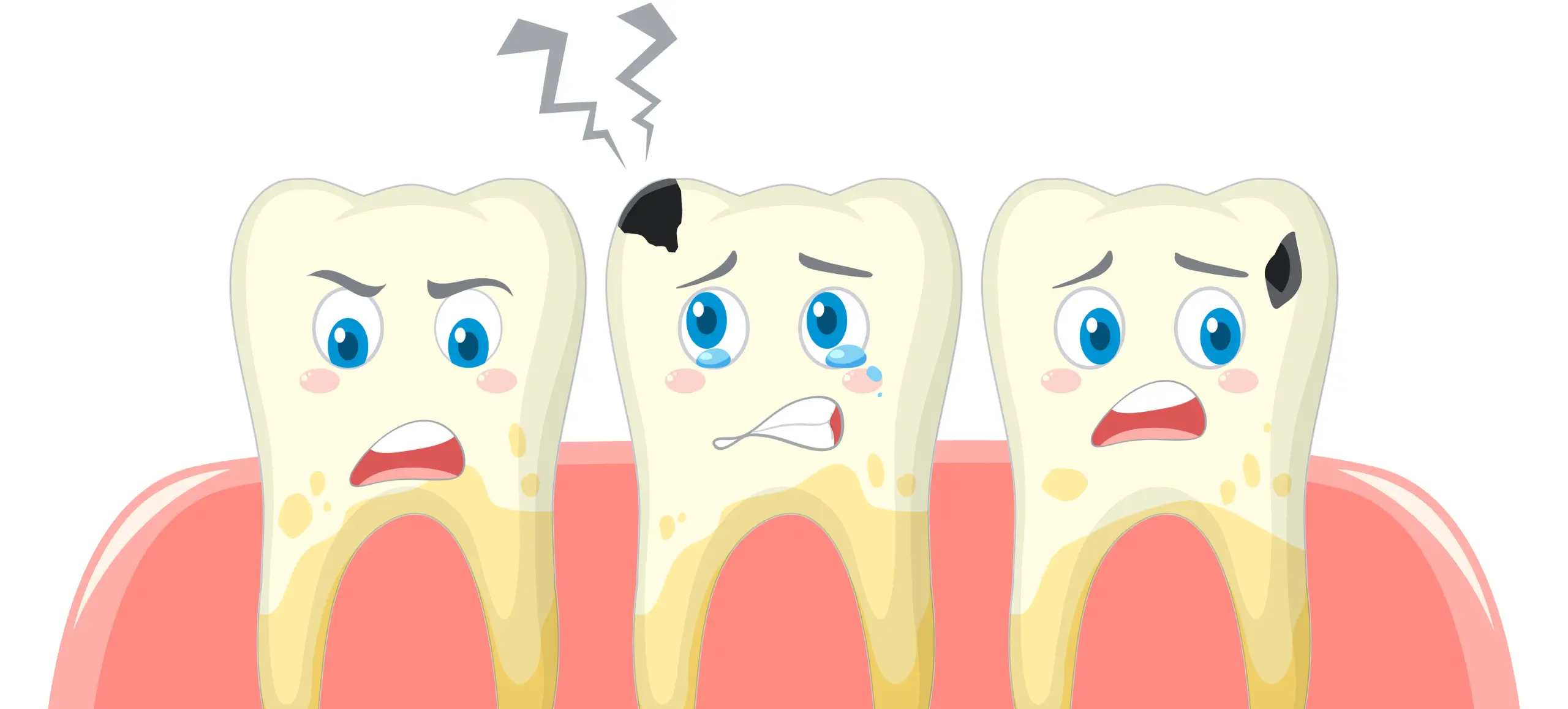A root canal can absolutely save your tooth, but it might leave you with an annoying souvenir: discoloration. If you’ve seen your tooth getting darker after the procedure, you are not the only one. It’s rather common and there are things that might be done to fight it. Let’s go through why this happens and how you may get your bright smile back.
Why do teeth turn yellow or black after a root canal?

So, during a root canal, they take out the infected pulp from inside your tooth and fill that empty spot with some material that’s safe for your body. Even though this helps save your tooth, not having any living pulp can cause your tooth color to change as time goes on.
The alteration in coloration typically results from:
- Left over tissue or blood: Dying off blood or tissue can make stains as it dissolves in darker colors.
- Medications used during procedure: This sealing stuff can, in fact, stain.
- Dead dentin: This is the dentin of a dead tooth, which means that there is no living nerve or blood flow.
Treatment Options for Tooth Discoloration After a Root Canal
However, excellent news: there are numerous good ways to restore tooth colour naturally. Here are just some of the most popular :
1. Internal Bleaching
Internal bleaching is like this cool whitening treatment for the teeth that have had their roots canaled done. So, here’s the deal:
- Your dentist places a whitening agent inside the tooth and temporarily seals it.
- It lightens the tooth from the inside after some visits.
- They change the filling for a permanent seal once they get the shade they want.
Internal bleaching really works well and is often the preferred treatment for correcting discoloration caused by a root canal.
2. Dental Veneers
If it’s really bad, a veneer can fix it. Veneers are these thin, custom-made porcelain shells that cover the front of your tooth. They:
- Conceal discoloration entirely.
- Provide a permanent and natural appearance.
- Veneers are costlier, but if you desire a flawless smile, then veneers are the best.
3. Dental Crowns
- If the teeth are severely colored or kinda messed up, a crown might be a good idea. Crowns entirely encase the entire tooth and may be shaped to look just like your natural teeth.
- They provide for the tooth; moreover they look better.
- They’re very durable and can last for several ages, provided they’re well maintained.
4. Surface Bleaching: or Teeth Whitening
If the discoloration isn’t too bad and only on the surface, maybe some whitening stuff might do the trick. If it’s intrinsic stains from a root canal, though, that’s usually not that effective. Your dentist will be able to suggest which whitening products or procedures will work best for you.
5. Composites Bonding
Composite bonding is when they put that tooth-colored stuff on a discolored tooth to make it look better. It’s:
- It’s also cost-effective.
- Great for small color variations or if other choices just won’t do.
Prevention of Tooth Discoloration After a Root Canal
So, you can’t absolutely prevent discoloration, but there are some things you can do to help it from happening:
Proper cleaning and follow up visits can reduce the chances of complications.
- Immediate restoration: A crown or veneer can be placed soon after the procedure to prevent discoloration.
- Keep your mouth clean: brush, floss, and make sure you are using mild toothpaste.
When to See a Dentist
If you’re not happy with the color of your tooth after a root canal, just book a chat with your dentist. They’ll check out how bad the discoloration is and suggest the best treatment for you.
Conclusion
Therefore, a root canal might stain your tooth a little. Still, you don’t have to cover your smile. There are tons of options to brighten it up, such as internal bleaching, veneers, or crowns. Seriously, a darker tooth shouldn’t get you down, just talk to your dentist on how to get that white shining smile back!
FAQs About Tooth Discoloration After a Root Canal
Can I whiten my tooth at home after getting a root canal?
Whitening kits are not likely to work on a root canal-treated tooth as whitening works only on surface discoloration, which in this case is internal.
How long does it last?
Results can last several years, but maintaining good oral hygiene and regular dental check-ups can extend the longevity of the treatment.
Is tooth discoloration after a root canal normal?
Yes, it’s very common. It is not harmful but can be treated for aesthetic reasons.

